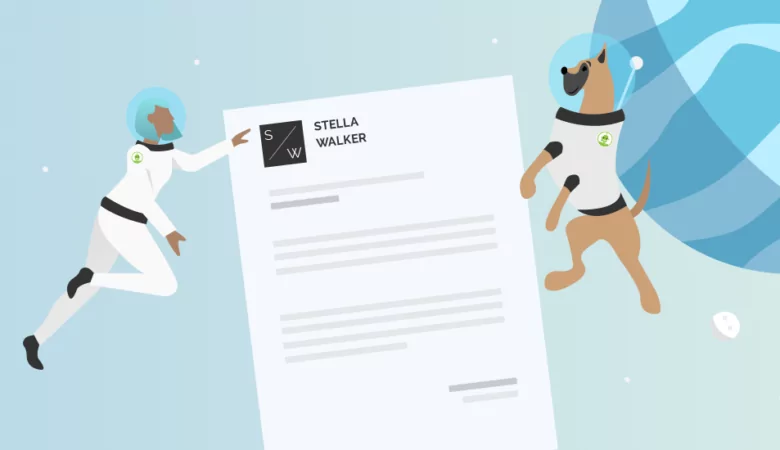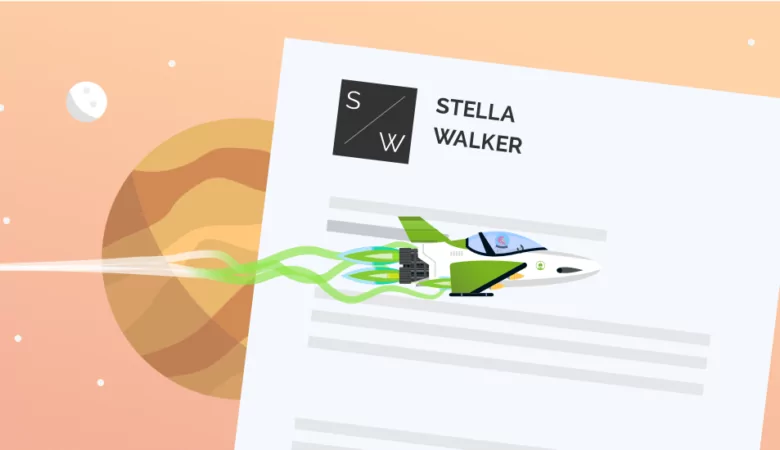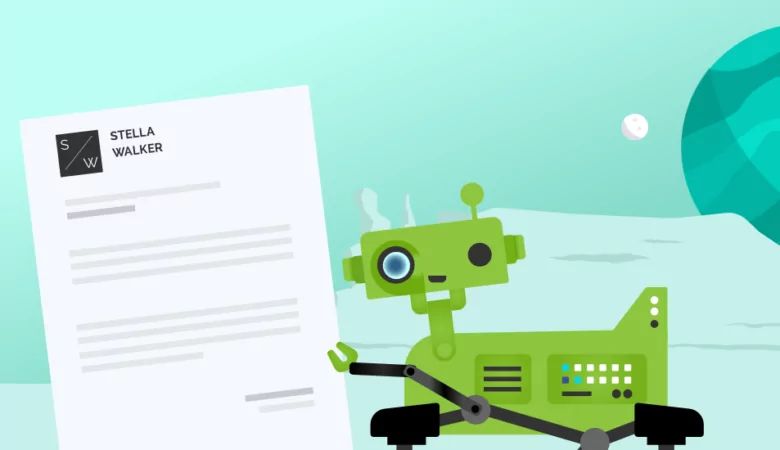Most people know that a resume is an important part of applying to a job. However, you might not know that a letter of intent can also be an important element. Whether you’re applying to a specific job posting or you’re sending in a letter indicating that you think you would be a good addition to a company’s workforce, this is one of the documents that you should master. Here’s how to make a recruiter look at your letter of intent and consider you for a job application.

How To Write a Letter of Intent for a Job Position
What Is a Letter of Intent?
When you see the phrase “letter of intent,” also called an LOI, its most common usage is actually in the real estate business and similar businesses that deal with large purchases. It is a non-binding agreement that states that two groups have a proposed transaction with each other. It will usually lay out basic terms for a business deal, including potential liabilities and often a purchase price. It is not until the two parties sign a purchase agreement that a definitive agreement will come into play. However, in the realm of job searching, a letter of intent is a term used for either a cover letter or a letter of interest. It’s a letter you send to a hiring manager that outlines a little bit more about who you are, your achievements, and why you can benefit the company. Understanding how to write these letters is a critical part of getting a great job.

How To Structure Your Letter of Intent
When you go to write your letter of intent, you need to follow a business letter format. Whether you’re writing for an entry-level job title or a job that requires many years of experience, here’s a letter of intent template to help you structure your letter.
-
Header and salutation
First will be your header and salutation. In the header, include your contact information, including your phone number and social media handles. Your salutation needs to be the hiring manager’s name if at all possible. Avoid generic phrases like “To Whom It May Concern” or “Dear Sir or Madam.” Instead, start the letter with “Dear Mr. Smith” or whatever the hiring manager’s name is.
-
Hook with your opening paragraph
The first paragraph of your letter of interest should always have a statement that will really hook the reader. Specific examples of your skills and talent, like a really unique job task or a time when you successfully delivered on a major work requirement, will always be a great starting point. Your hook is something that will keep the hiring manager reading.
-
General overview of your skills and talents
Next, move on to a general overview of your talents. This should show why the hiring manager should consider calling you for a job interview. Provide details about your best skills that align with the job listing you’re responding to or to a potential job you think you could help with. This section can also go over academic experience, experience with nonprofits, or volunteer experience. You’re using this paragraph to build your argument to the hiring manager, so include as much concise information about your work history and experience as you can.
-
Call to action
The last paragraph is a call to action. This is where you actively ask for the job interview, reaching out in good faith and hoping to get a call back. Cover letters and letters of intent both need to utilize this call to action to effectively get the job. End the letter with a professional closing like “Sincerely,” and don’t use an overly friendly phrase like “Best wishes.”
Personalize Your Letter of Intent to a Specific Job Listing
One of the most important things you can do to make a hiring manager more likely to call you back is to personalize every letter of intent you write. A letter of intent is supposed to show off who you are in a very specific way so the hiring manager knows you’re the type of person they’re looking for. Hunt through the job posting to find skills and other requirements the employer wants, and then use them as keywords in your own letter. Do your research so you can address the hiring manager by their name, and do your due diligence so you know you have the qualifications for the job.
Letter of Intent
Technically, a “letter of intent” can refer to a cover letter. However, it more commonly refers to a letter of interest, which is a letter you send to a company that doesn’t have a public listing for a specific job. You’re asking for a job that the hiring manager isn’t actively hiring for, which means you need to do even more research so your letter doesn’t read like a random solicitation.
As soon as you see a job that you think you could fill, you might want to send a letter of intent. Remember that you can also send letters of intent to a wide variety of different jobs. There’s no need for exclusivity, as these are not legal documents and you have no non-disclosure agreements in place with the companies you’re sending these letters to.
Letters of intent should be concise, just like your resume. On average, most career experts recommend that you make your letter of intent between half a page and three-quarters of a page long, or between 250 and 350 words.








